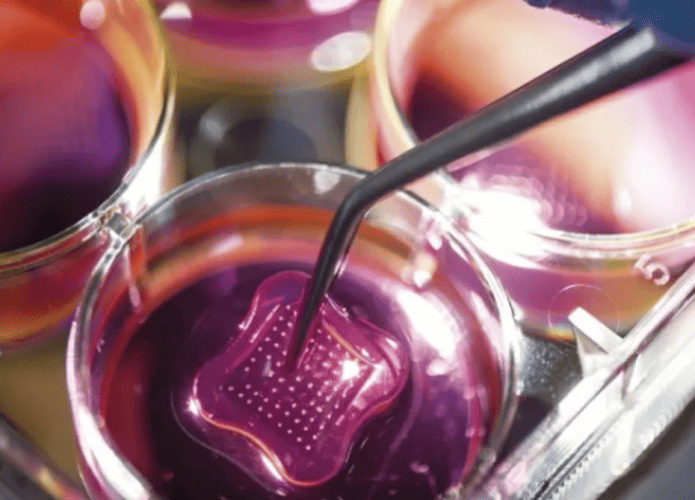3D printing technology as we know it today began in the 1980s, and since then, the technology has advanced significantly to the point where scientists are able to reproduce human tissue using this tool.
This is work developed by a group of researchers from the São Paulo State Research Support Foundation (Visp).
Read more
This device, called “human-on-a-chip” or “body-on-a-chip” (BoC), has been tested in other countries in Brazil. 3D printing technology, which recreates skin and intestinal tissue, is being used to evaluate the toxicity of products under development.
Here in the country, a cosmetics giant nature This technology has already been adopted since the first half of 2023, as biologist Juliana Lago explains:
“We apply the ingredient we want to test to the reconstructed skin and evaluate its toxicity, simulating the action of the human body.”She declared.
The BoC imported from a German company adds to other techniques used since 2006 to replace safety and effectiveness tests of beauty, personal hygiene and perfume products with animal guinea pigs, which were banned in March 2023 by the National Council for the Control of Experiments on Animals (Concea). From the Ministry of Science, Technology and Innovation.
This technology is so advanced that, in addition to indicating possible damage caused by external factors, the created tissue reproduces some of the functions of the organs themselves.

What are these fabrics made of?
The startup 3DBS, from Campinas, is one of the companies responsible for this technology in Brazil.
They make the intestinal tissue from cells purchased from a cell bank in Rio de Janeiro and the skin is produced from human cells isolated from tissue from phimosis surgeries in children treated at a hospital in Santa Bárbara de Oeste, inside São Paulo.
“Cells removed from surgery in children quickly produce type I collagen, which is the protein we need because it gives the skin resistance and elasticity.”Explains biologist Ana Luisa Milas, the company's research director.
The solution with different types of cells is the raw material used in so-called bioprinters, which create 3D structures with living cells, molecules and biocompatible materials.
In this case, instead of the plastic material injected by a traditional 3D printer to create an object, a syringe pours this mixture of cells with a collagen solution, for example, onto a transparent plate with internal partitions, like those used to form ice in a refrigerator.
The computer then sends information about the dimensions and shape of the fabric to be built layer by layer to the machine. Once the fabrics are ready, the “expiry date” of the fabrics is one week.
Other applications
In addition to this amazing use of 3D printing to recreate human tissue, this technology is also used in:
- Custom medical and dental prosthetics;
- Automotive and aerospace complex parts;
- Custom or low-volume molds and consumables, such as replacement units for discontinued equipment;
- Print game.

There are other developments in this field. In a study published in October Advancement of scienceBrazilian and North American researchers reported the development of skin tissue with structures similar to hair follicles through bioprinting.
If this technology is advanced, it could provide cells capable of helping to treat wounds or grafts, as it is the cells at the base of the follicles that initiate the healing process.
Information is from UOL.

“Wannabe internet buff. Future teen idol. Hardcore zombie guru. Gamer. Avid creator. Entrepreneur. Bacon ninja.”

